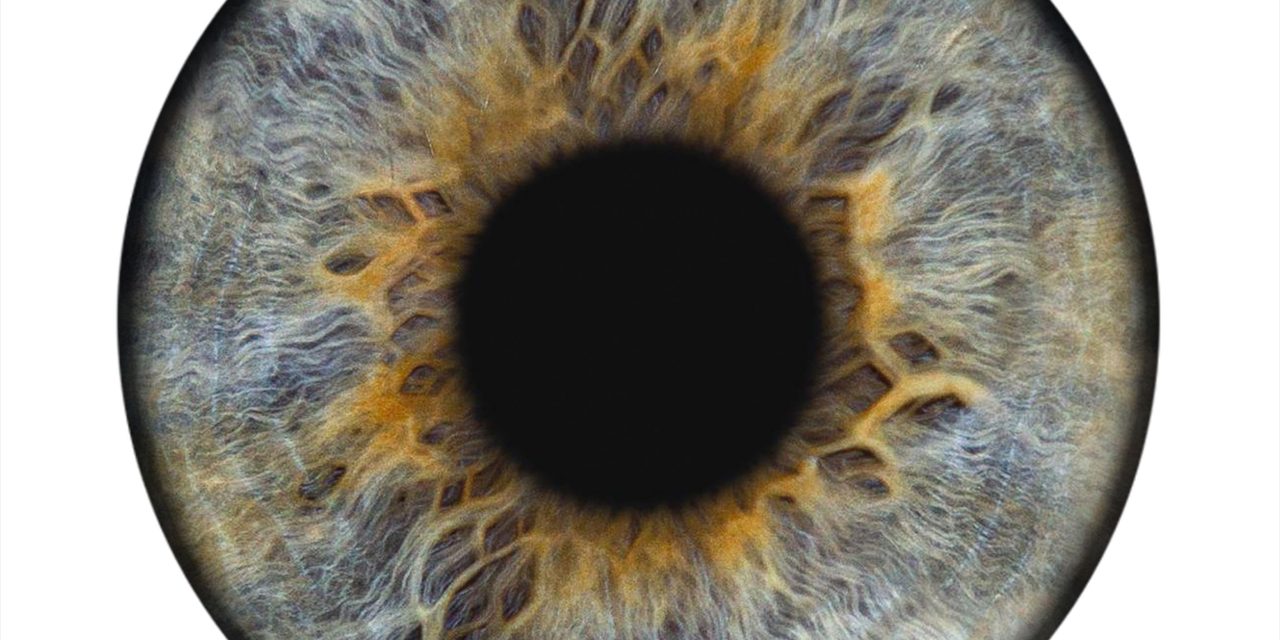The prevalence of myopia is increasing worldwide. The purpose of this study was to evaluate the progression of myopia in teenagers and adults in France.
This nationwide prospective study followed 630 487 myopic adults and teenagers (mean age 43.4 years±18.2, 59.8% of women) between January 2013 and January 2019. Myopia and high myopia were defined as a spherical equivalent less than or equal to -0.50 and -6.00 diopters (D), respectively. Demographic data were collected at first visit and refractive characteristics were collected at each visit. Analysis of short-term progression (first 12 to 26 months postbaseline) was modelled using analysis of variance (ANOVA). Progression of myopia was stratified according to age, gender and spherical equivalent at first visit.
Higher proportions of progressors were observed in the youngest age groups: 14-15 (18.2 %) and 16-17 years old (13.9 %). In multivariate analysis, after adjustment for over age, spherical equivalent and gender, the mean short-term progression decreased from -0.36 D in the 14-15 years age group to -0.13 D in the 28-29 years age group. Young age and higher myopia at baseline together were strongly associated with the risk of developing high myopia, the 5-year cumulative risk being 76% for youngest teenager with higher myopia status at baseline.
In this large cohort of myopic teenagers and adults, myopia progression was reported in 18.2% and 13.9% of the 14-15 and 16-17 age groups, respectively. The risk to develop high myopia was higher for younger individuals with higher myopia at baseline examination.
© Author(s) (or their employer(s)) 2021. Re-use permitted under CC BY-NC. No commercial re-use. See rights and permissions. Published by BMJ.
Progression of myopia in teenagers and adults: a nationwide longitudinal study of a prevalent cohort.


